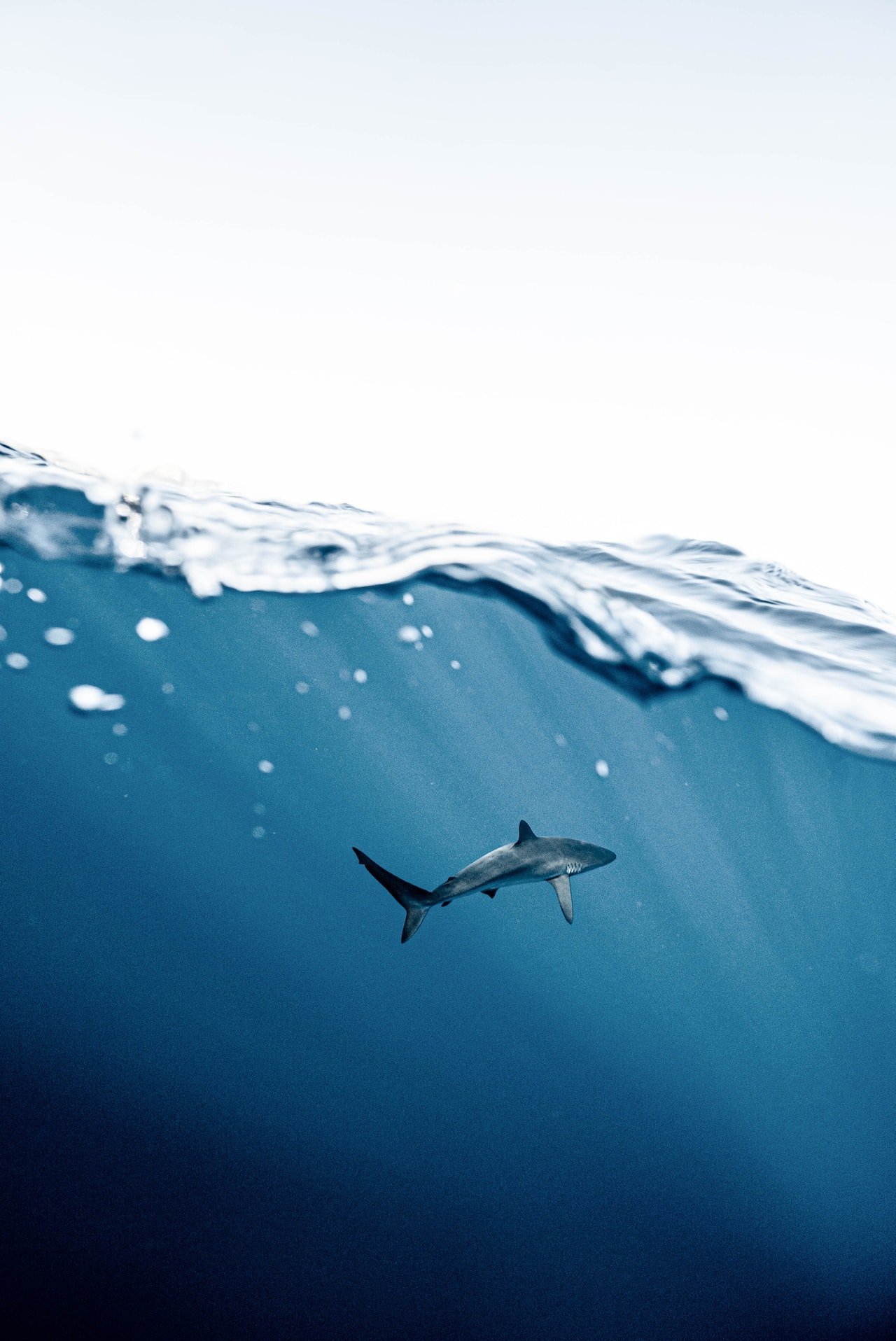13 Debunked Sharks Attack Myths

Shark has a reputation for being ruthless predators that are always on the lookout for their next meal. This perception has been perpetuated by Hollywood movies and sensationalized news stories, which have contributed to the spread of many myths about shark attacks. In this article, we’ll take a closer look at 13 shark attack myths and separate fact from fiction.
Contents
- 1 13 Debunked Shark Attack Myths
- 2 Sharks are always looking for their next meal
- 3 Sharks are attracted to human blood
- 4 The scent of blood can be detected by sharks from great distances.
- 5 Sharks only attack humans because they mistake them for seals
- 6 If you’re attacked by a shark, you should punch it in the nose
- 7 The greatest danger from sharks comes from great whites.
- 8 Shark attacks are increasing every year
- 9 Sharks will continue to attack if they don’t get their first bite
- 10 Sharks only live in the ocean
- 11 Sharks are solitary animals
- 12 Sharks are immune to cancer
- 13 All sharks are a threat to humans
- 14 Conclusion
- 15 FAQs
13 Debunked Shark Attack Myths
Read More: When Choosing an Attorney 5 Factors to Consider
Sharks are always looking for their next meal
Contrary to popular belief, shark is not constantly on the hunt for their next meal. In fact, many species of shark only eat once a week or less. Additionally, shark has a very slow metabolism, which means that they can go for extended periods of time without eating.
Sharks are attracted to human blood
While it’s true that shark is attracted to the smell of blood, they are not specifically attracted to human blood. Shark is attracted to any scent of blood in the water, regardless of where it comes from.
The scent of blood can be detected by sharks from great distances.
While shark does have a keen sense of smell, they cannot smell a drop of blood from miles away. In fact, the scent of blood dissipates very quickly in the water, which means that shark need to be relatively close to the source in order to detect it.
Read More: Atlanta Building Facade Injures Woman 2023
Sharks only attack humans because they mistake them for seals
While it’s true that some species of shark (such as the great white shark) are known to attack seals, this does not mean that they mistake humans for seals. In fact, sharks are able to distinguish between different types of prey based on their shape, size, and behavior.
If you’re attacked by a shark, you should punch it in the nose
While it’s true that punching a shark in the nose can be an effective way to defend yourself, this is not the only method that works. In fact, striking a shark anywhere on its body can be effective, as long as it is done with enough force.
The greatest danger from sharks comes from great whites.
While great white shark is certainly a formidable predator, they are not the most dangerous species of shark. In fact, several species of shark (such as the tiger shark and the bull shark) are responsible for more attacks on humans each year.
Shark attacks are increasing every year
While great white sharks are certainly a formidable predator, they are not the most dangerous species of shark. In fact, several species of shark (such as the tiger shark and the bull shark) are responsible for more attacks on humans each year.
Sharks will continue to attack if they don’t get their first bite
Sharks do not continue to attack if they don’t get their first bite. In fact, many shark attacks are actually cases of mistaken identity, where the shark takes a bite and then releases the victim when it realizes that it is not its preferred prey.
Sharks only live in the ocean
While it’s true that the majority of shark species live in the ocean, there are several species that are able to survive in freshwater environments. One example is the bull shark, which is known to swim up rivers and into freshwater lakes.
Sharks are solitary animals
While some species of shark are solitary creatures, others are known to swim in groups called “schools” or “shivers”. These groupings can have just a few people or hundreds or even thousands.
Sharks are immune to cancer
Contrary to popular belief, sharks are not immune to cancer. While it’s true that some species of shark have a lower incidence of cancer than humans, this is not true for all species. Additionally, there is no evidence to suggest that shark cartilage (which is often sold as a cancer treatment) has any anti-cancer properties.
All sharks are a threat to humans
While it’s true that some species of shark are more dangerous to humans than others, not all sharks are a threat to humans. In fact, many species of shark are completely harmless and pose no danger to humans whatsoever.
Conclusion
Shark attacks are a rare occurrence, but they can be terrifying when they do happen. By debunking some of the most common myths about shark attacks, we hope to help people better understand these fascinating creatures and reduce their fear of them. Sharks play an important role in the ecosystem, and it’s important that we learn to coexist with them in a way that is safe for both humans and sharks.
FAQs
What should I do if I see a shark while swimming?
If you see a shark while swimming, the best thing to do is to remain calm and slowly swim back to shore. Do not thrash around or make sudden movements, as this can attract the shark’s attention.
How can I lessen my vulnerability to a shark attack?
To reduce your risk of a shark attack, it’s important to avoid swimming in areas where sharks are known to be present (such as near fishing boats or in areas with lots of bait fish). Additionally, wearing a wetsuit or other protective clothing can help to reduce your risk.
Are shark attacks more common in certain parts of the world?
Yes, shark attacks are more common in certain parts of the world, particularly in areas with warm water and high populations of sharks. Some of the most dangerous areas include Florida, Australia, and South Africa.
Can sharks be trained like other animals?
Yes, sharks are capable of being trained, and there are several aquariums around the world that have trained sharks to perform tricks and interact with humans.
What should I do in the event of a shark attack?
If you’re attacked by it, the most important thing is to try to protect yourself. Use any object you have on hand to defend yourself, such as a surfboard or a stick. Aim for the shark’s eyes or gills, as these are the most sensitive areas. Once you’re safe, seek medical attention immediately, as shark bites can be serious and require prompt treatment.

One Comment